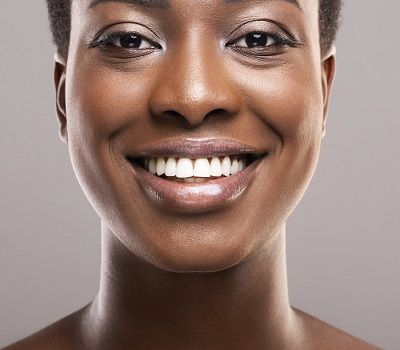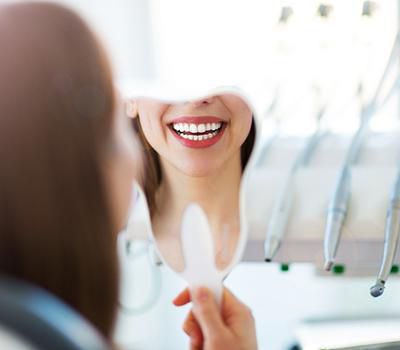TMJ appliances
TMJ stands for a temporomandibular joint which connects our jaw to
the skull. It helps us open and closes our jaw easily. Damage caused
to TMJ results in a traumatic condition called temporomandibular
joint dysfunction or disorder. The disorder results in pain,
dysfunction or painful movement of one or both the temporomandibular
joints.
Dr. Brian Lin, DDS, located in Woodland, CA, is an expert dentist
who carefully evaluates your concerns and determines if you are a
patient with the temporomandibular joint disorder. Advanced dental
equipment is used at our clinic to examine and treat the disorder.
Symptoms
The symptoms of the temporomandibular joint disorder may vary from
one patient to another. Below are the common symptoms:
- Persistent headaches and migraines
- Discomfort while biting or chewing
- Bruxism
- Soreness in the jaw and facial muscles
- Tense muscles in the shoulders and neck
- Clicking, cracking or popping noises heard when the jaw opens or closes
- Tender or sore jaw and facial muscles
- Episodic locked jaw
Treating TMJ Disorder
A thorough examination and paying attention to the patient’s concern
help us diagnose the disorder. In a simple case, a customized oral
appliance helps hold the lower jaw in a comfortable position. In
severe cases, corrective treatment is done to realign the bite and
relieve pressure on the jaw points. Dr. Lin will examine the jaw
movement and look for signs like jaw clenching, teeth grinding and
misalignment. To assess the undisclosed problems, x-rays analysis of
your lower face or bite analysis can also be done followed by
discussing the treatment alternatives.
Types of TMJ Appliances
Flat plane stabilization appliance
This appliance is fabricated for the maxillary arch. It is commonly
used and with proper fabrication, it has the least potential for
adverse effects to your oral structures.
Traditional anterior bite plane
This appliance is designed as a palatal-coverage horseshoe shape
with an occlusal platform covering six or eight maxillary anterior
teeth. As posterior teeth are not engaged in closing or in
parafunctional activities, it prevents clenching.
Mini anterior appliances
There are several variations that have appeared on the market. They
include the nociceptive trigeminal inhibition tension suppression
system, the best bite, and the anterior midline point stop devices.
Anterior reposition appliance
The anterior repositioning appliance purposefully alters the
maxillomandibular relationship so that the mandible assumes a more
anterior position. Repositioning appliances should be used primarily
as a temporary therapeutic measure to allow for symptomatic control
of painful internal derangements, but not to permanently recapture
the TMJ disk. This type of appliance should be used with discretion,
and only for short periods of time.
Posterior bit plane appliances
These appliances are customized to be worn on the mandibular arch.
This type of appliance has the ability to increase overall physical
strength and enhance athletic performance.
Pivot appliances
The pivoting appliance is constructed with hard acrylic resin that
covers either the maxillary or mandibular arch and incorporates a
single posterior occlusal contact in each quadrant. This contact is
placed as far posteriorly as possible and its purpose is to reduce
intra-articular pressure.
Hydrostatic Appliance
This unique appliance was over 30 years ago. In its original form,
it consisted of bilateral water-filled plastic chambers attached to
an acrylic palatal appliance, and the patient's posterior teeth
would occlude with these chambers. Later this was modified to become
a device that could be retained under the upper lip, while the fluid
chambers could be positioned between the maxillary and mandibular
posterior teeth.
Follow-up
After the completion of the procedure, Dr. Lin will list down
methods that can relieve the pain and other symptoms at home which
include changing dietary habits, relaxation techniques, and
etcetera. Either an exercise routine is taught for a stronger jaw or
pain medication is prescribed to soothe the muscles. The progress is
assessed over the follow-ups to examine if the treatment is helping.
Otherwise, a new approach may be discussed.
Location
- MON - THU: 8:00 am - 5:00 pm
- FRI: 8:00 am - 1:00 pm
- SAT - SUN: Closed



